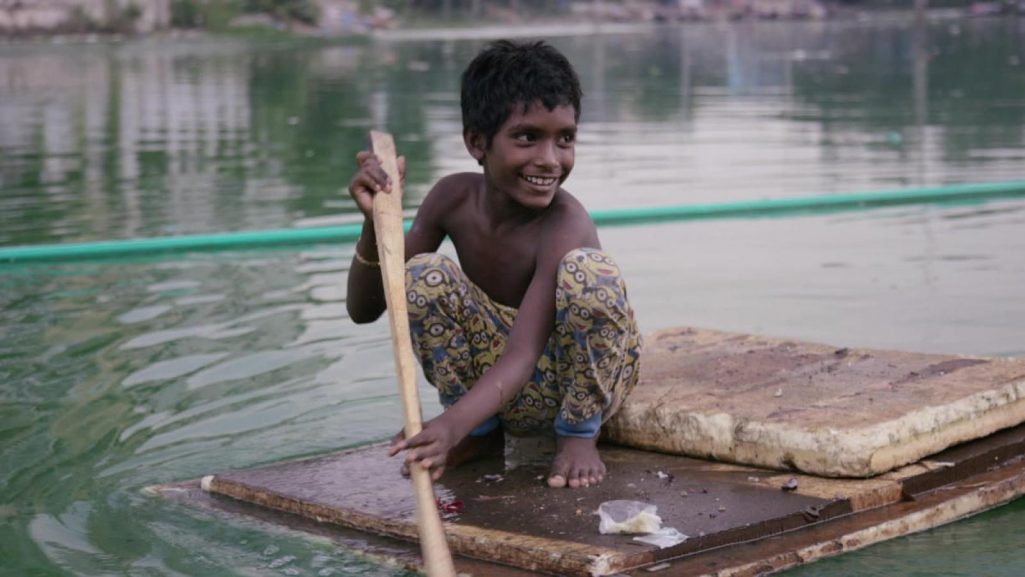*This article originally appeared in RVA Mag #34, on the streets now at all your favorite spots. As intricately embroidered blouses, vibrant floral kimonos, and brightly-colored tasseled earrings decorate department store racks this season, an Eastern flair is...


